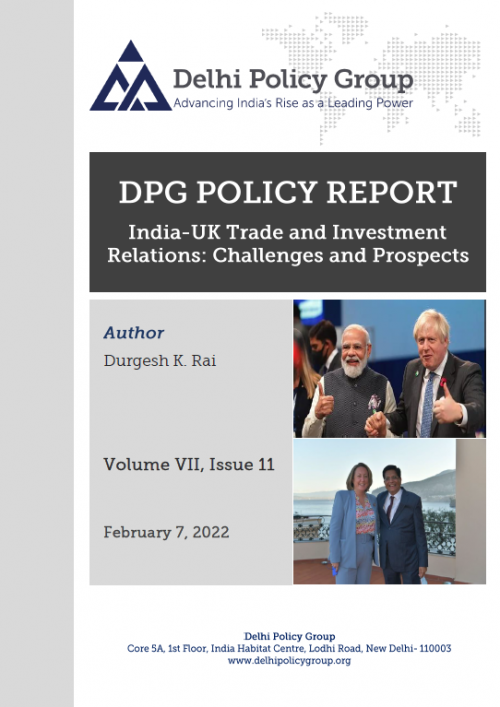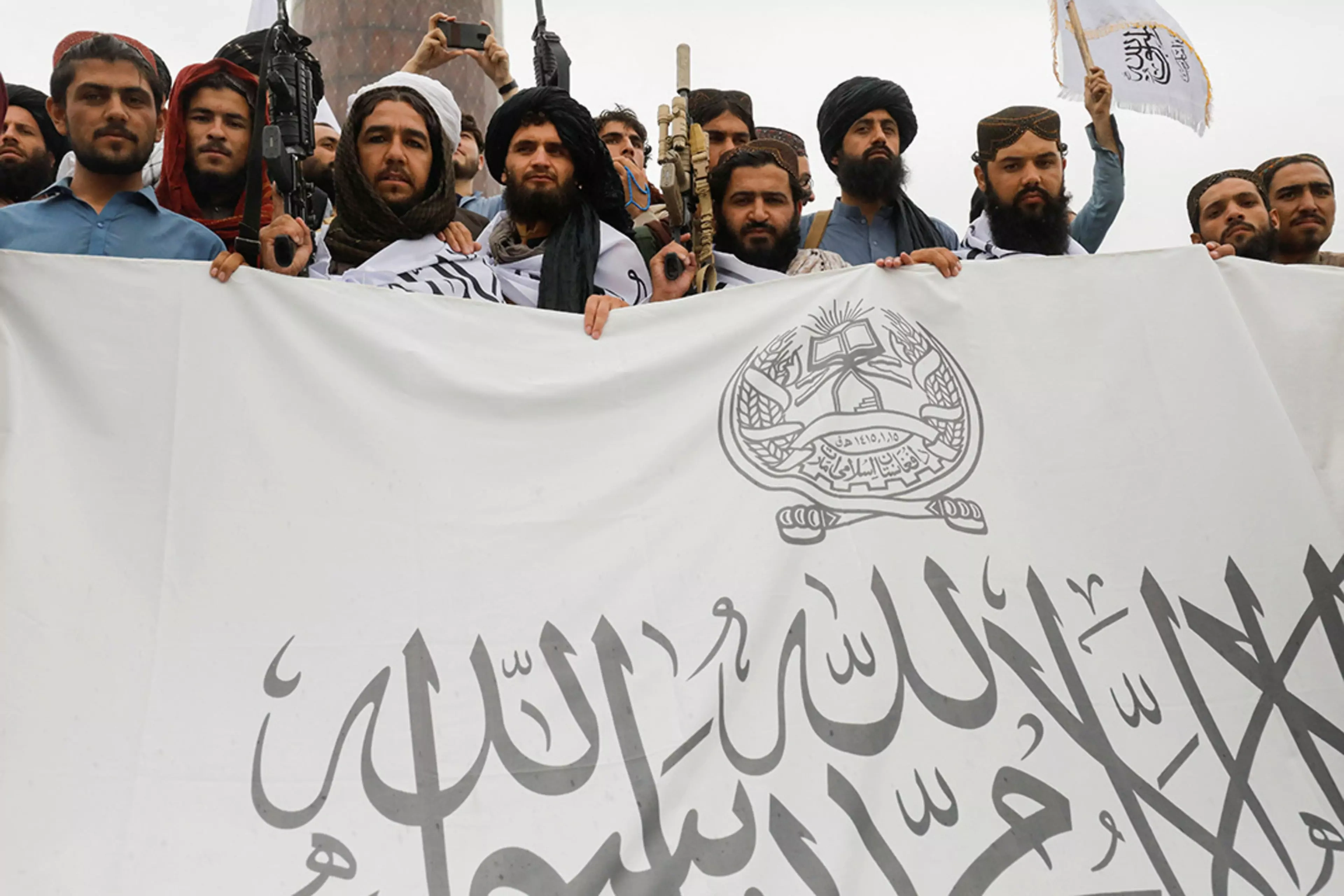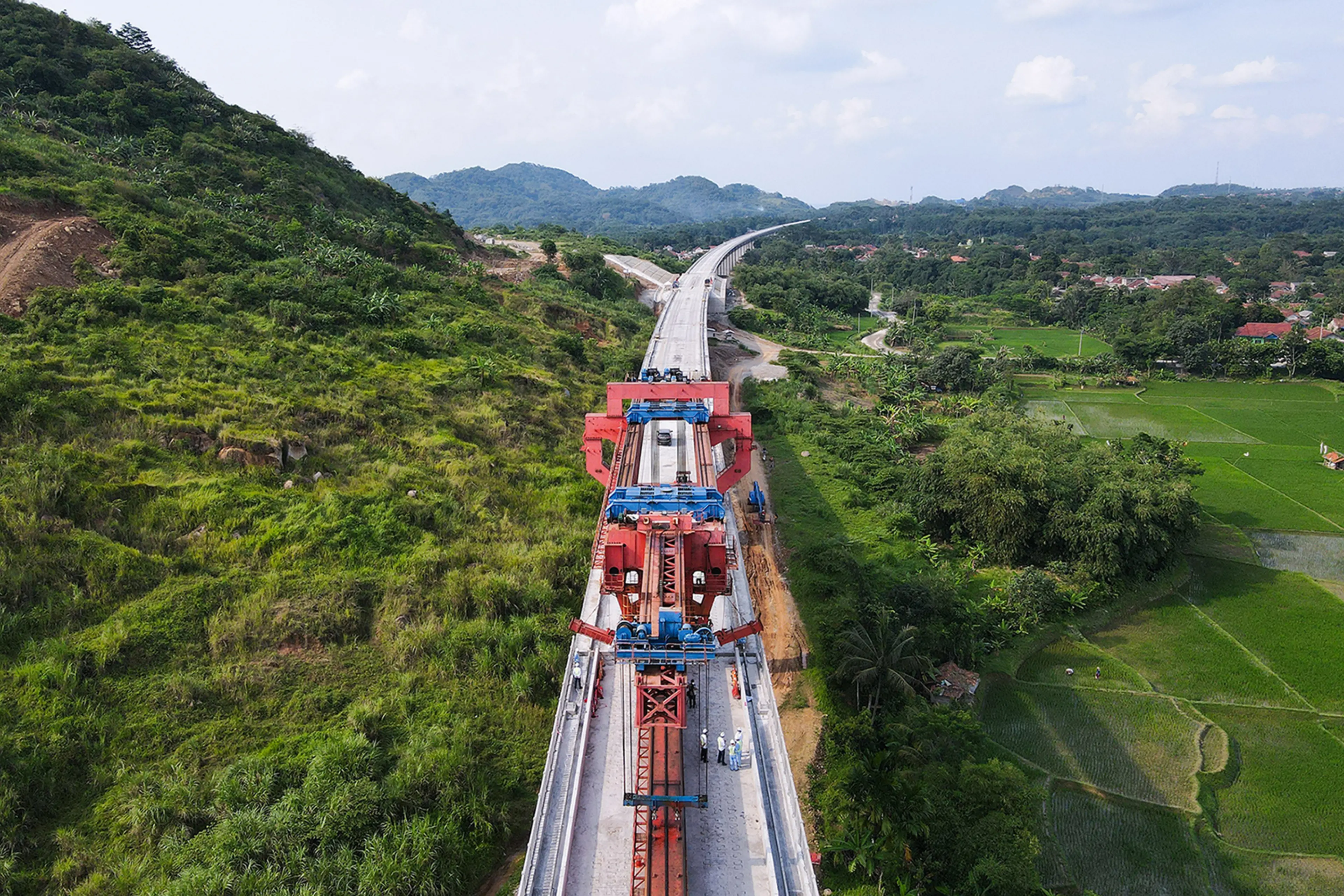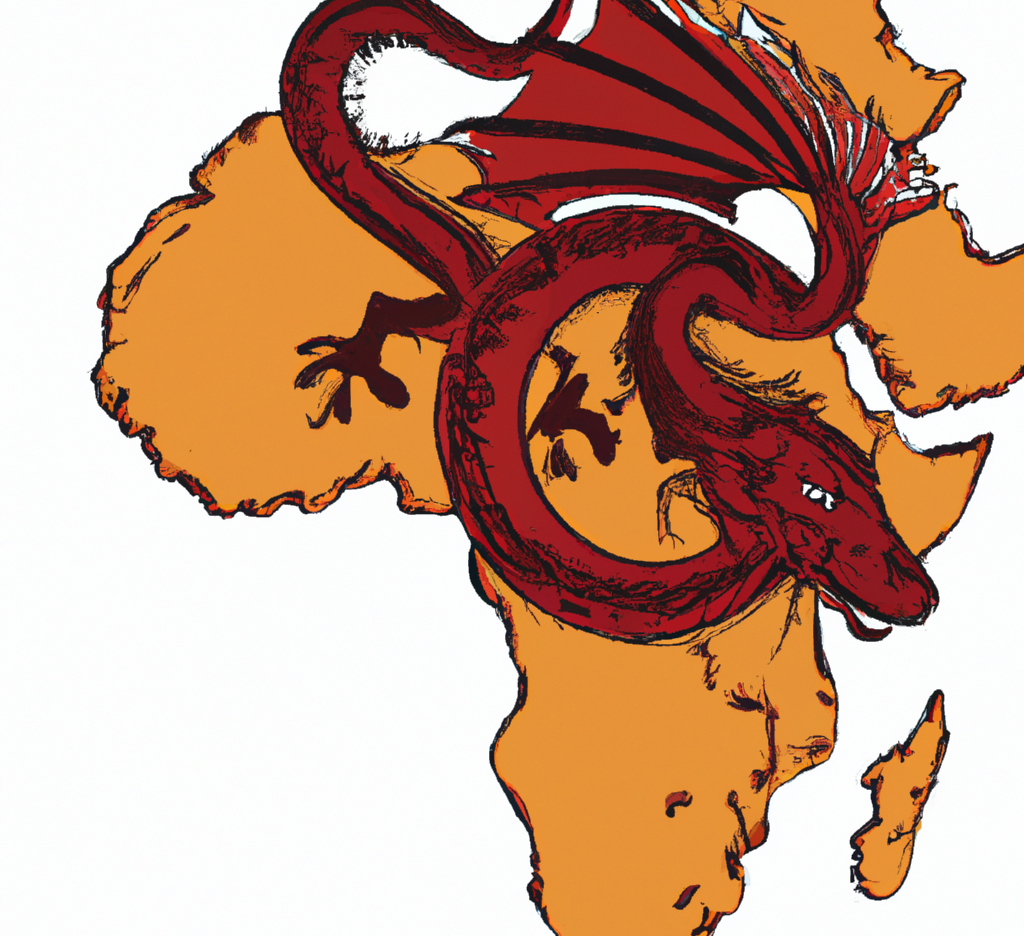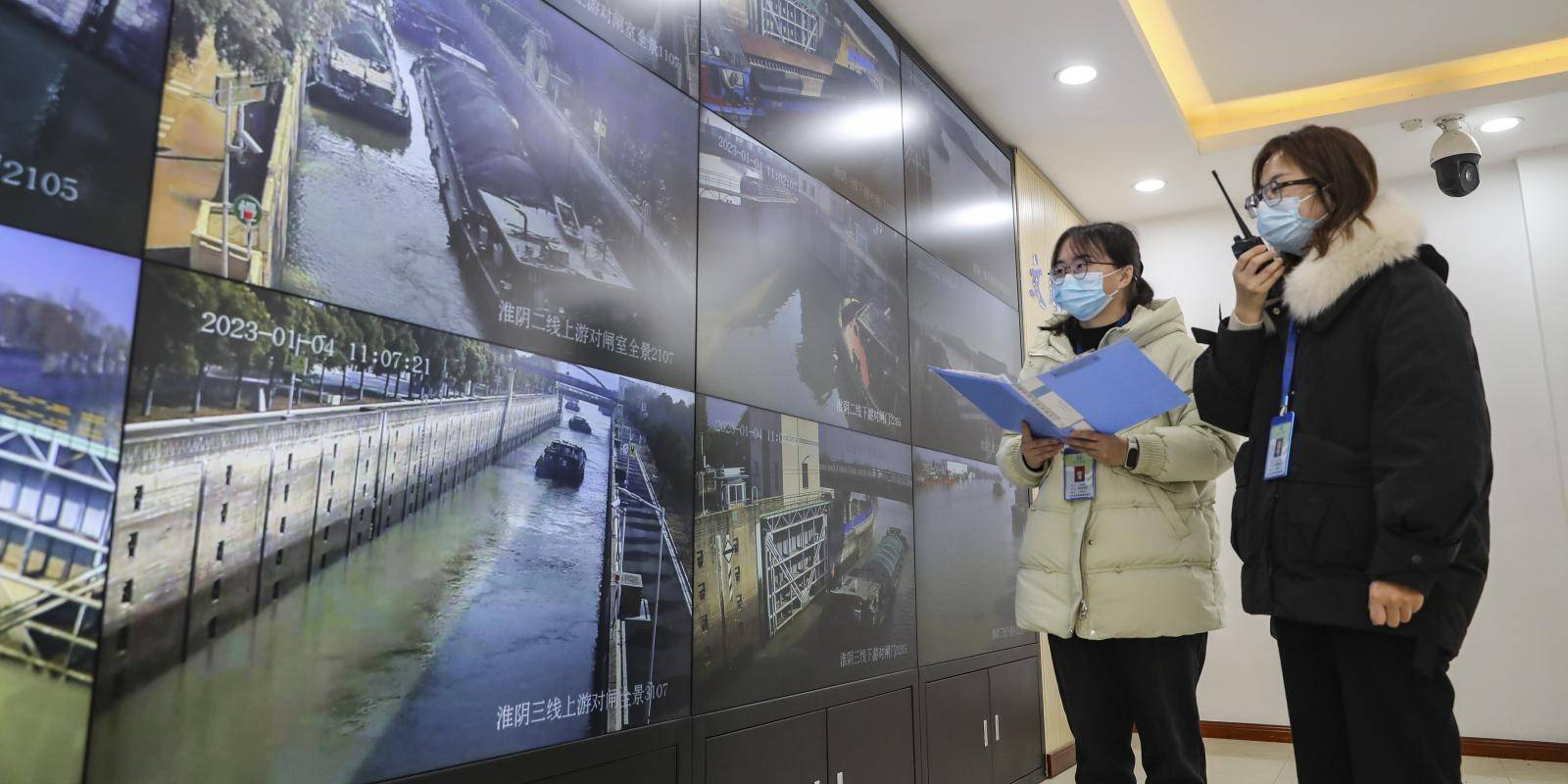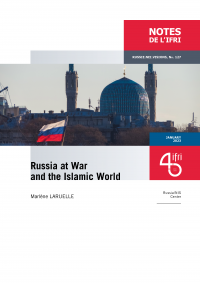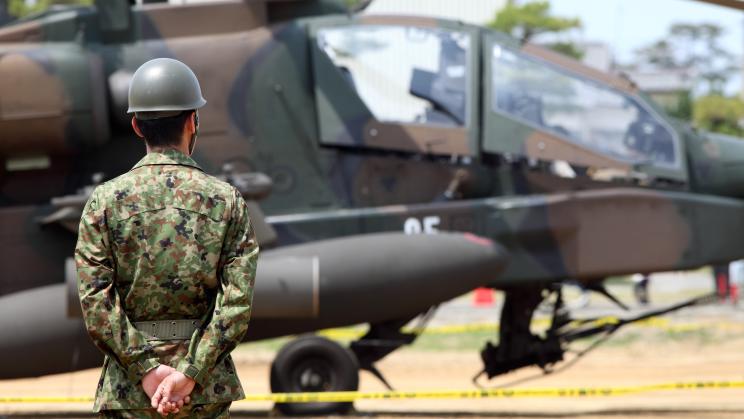Dr. Sharinee Jagtiani, Dr. David Hagebölling
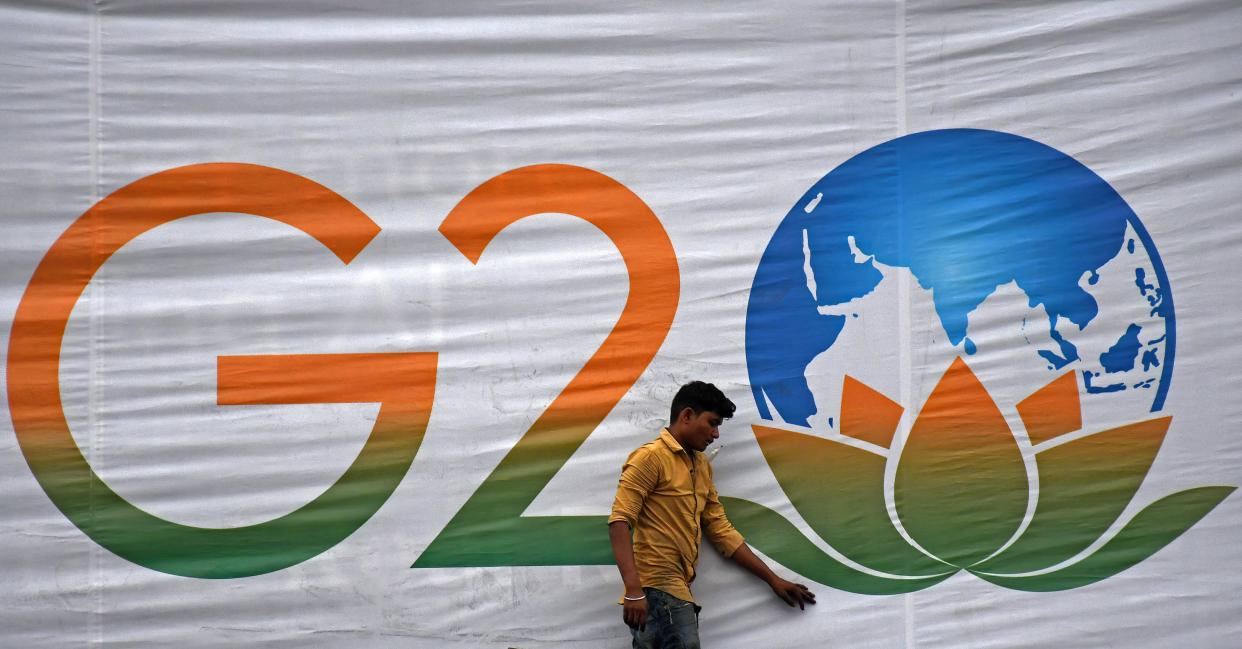
The Group of Twenty’s (G-20) large and heterogeneous membership has always been a double-edged sword: a source of legitimacy on the one hand, a challenge for collective action on the other. Against the background of Russia’s war against Ukraine and intensifying China-U.S. competition, avoiding stasis has turned into an exercise of paramount diplomatic skill.
India’s 2023 G-20 presidency therefore comes at a decisive moment for the group. As a major economic power, key strategic player, and now the most populous country on earth, India possesses the political heft to carve out a role for the G-20 in a drastically changed geopolitical context – and it is making digital technology governance a centerpiece of its G-20 presidency.
The G-20 digital agenda has proven surprisingly robust despite geopolitical turbulence. In the November 2022 G-20 Bali leaders’ declaration, member states recognized the importance of advancing inclusive cooperation on digital trade, expanding affordable and high-quality digital infrastructure, enabling cross-border data flows and developing digital skills and literacy.
Under no circumstances was this an easy win. Just two months before the November summit, the G-20 digital ministers had left Indonesia without agreement on a joint declaration. But digital is among those areas where careful optimism still prevails.
Yet, more importantly, India’s digital governance push signposts its strategic ambitions in this space. At the Bali summit, Indian Prime Minister Narendra Modi described the rollout of digital public infrastructure as “the most remarkable change of our era.” Premised on an agenda of inclusive growth and sustainable development, the Indian government is mobilizing the presidency to bolster its aspirations as a digital powerhouse and leading power, especially in the Global South. New Delhi’s preparations for bringing its “human-centric approach to technology” to the grand diplomatic stage are in full swing.
As one of the world’s largest and fastest growing digital markets and consumer bases globally, the scale and pace of India’s digital transformation have superseded that of many advanced economies. According to a study by the Reserve Bank of India, India’s digital economy grew 2.4 times faster than the overall economy. Given the rate of growth in India’s digital sector, it is in the country’s interest to sustain and encourage greater investments that can potentially drive the total output of the economy. For these reasons, India sees the digital economy as fundamental not just to its own developmental project, but also to its international image and status. It has the potential to generate jobs, facilitate citizen-centered inclusive growth, and enhance connectivity.
